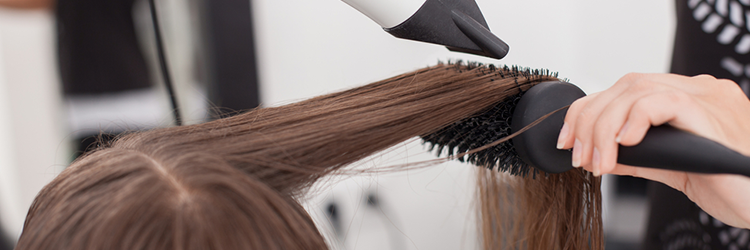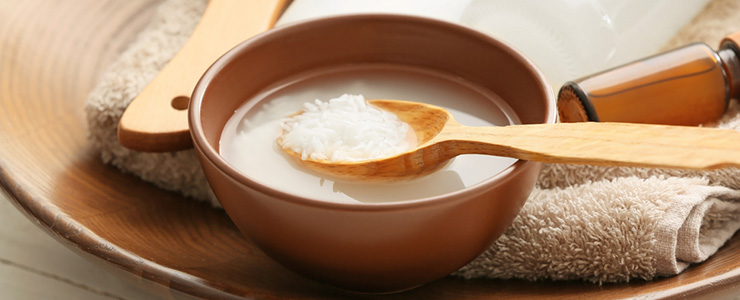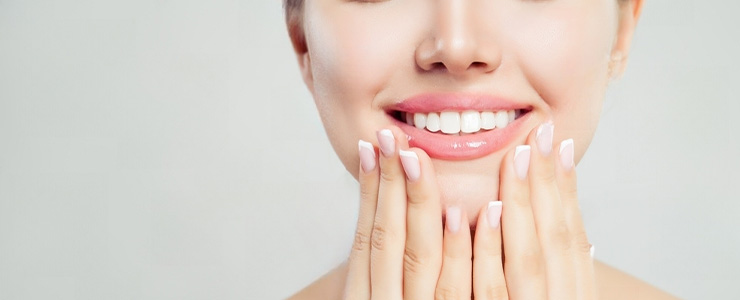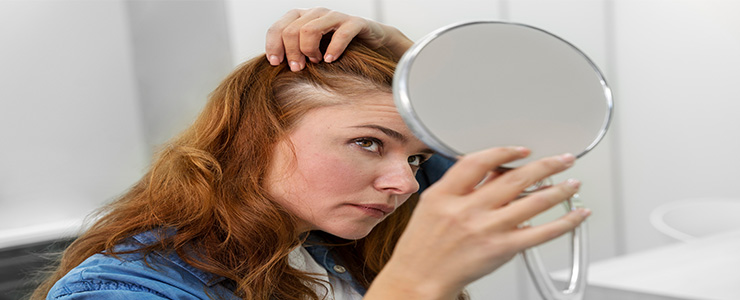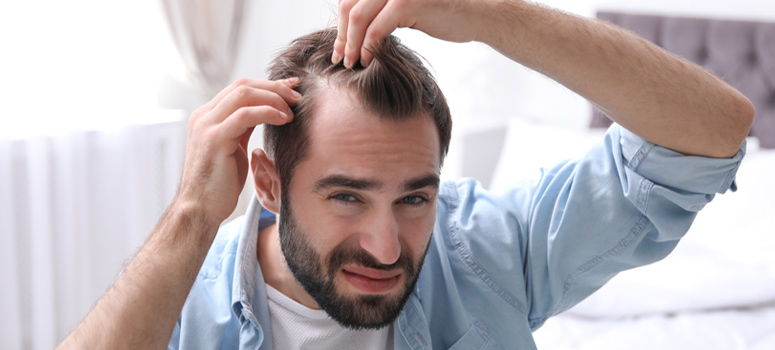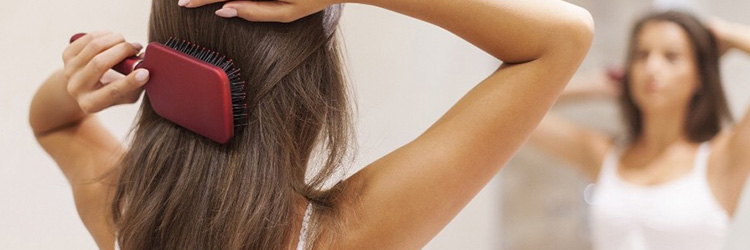A blow dryer is most women’s best friend, as it allows them to dry wet hair quickly, and style it in their favorite way. But a majority of them are not aware of the harmful effects of blow-drying on hair. No doubt, heat causes damage to hair, and heat from the blow dryer is not an exception. [1]
Let’s have a look at the effects of blow drying on hair.
-
- Excessive dryness of the hair
Blow drying your hair on a regular basis can rip off natural oils from the hair, and make your hair dry, brittle, and unmanageable in the long term. When hair becomes dry, it loses its natural texture and sheen and becomes rough, fizzy, and weak. It becomes difficult to detangle and manage such hair, and it becomes easily breakable too. If you have such hair, you should add conditioners to your hair care routine, and shampoo less frequently to allow the building up of natural oils. Avoid using a blow dryer on your hair, in addition to any other harsh hair styling products. [2]
-
- Damage to the hair cuticles and cells
Hair fiber gets severely damaged with regular blow-drying. When you heat dry your hair, you see a powdery, whitish appearance on your mane, particularly when you rapidly dry out dark hair that is wet. Some glittering speckles can also be seen on the surface, which is due to the splitting of the cuticle layers induced by blow-drying. Excessive heat can cause damage not only to the outer layers of the cuticle cells but to their inner parts as well, thus causing long-term damage to the hair shafts. When moisture is sucked out of the hair, cuticle cells become deformed and hair becomes extremely fragile. Due to this hair easily comes out when you comb it or style it. [3]
-
- Trichorrhexis nodosa
Trichorrhexis nodosa is a condition in which weak points in your hair cause it to break off quickly. Although genes can be responsible for this condition in many cases, they can be further induced with blow-drying, perming, over-brushing, and applying excessive chemicals to your hair on a regular basis. If your hair is not growing and if you are experiencing patchy hair loss, then you might have Trichorrhexis nodosa. According to experts, the condition can be prevented by avoiding excessive grooming or brushing of the hair and stopping regular blow-drying. Also, avoid the usage of strong chemicals and other harsh hair styling products on the hair. [4]
Blow dryers are known to cause damage to the hair, with symptoms such as hair dryness, roughness, and loss of hair. The surface of the hair is damaged when it is exposed to increased temperatures. Blow drying decreases moisture content in the hair shafts, thus making it dry and brittle. To conclude, allow your hair to dry naturally every time you wash it. If you are in a hurry and need to blow dry it, you should keep a distance of at least 15 cm between your hair and the blow dryer. [5]
References:
[1]. Dry hair: MedlinePlus Medical Encyclopedia. 2016. Dry hair: MedlinePlus Medical Encyclopedia. [ONLINE] Available at: https://www.nlm.nih.gov/medlineplus/ency/article/003245.htm. [Accessed 10 February 2016].
[2]. Dry hair: MedlinePlus Medical Encyclopedia. 2016.Dry hair: MedlinePlus Medical Encyclopedia. [ONLINE] Available at: https://www.nlm.nih.gov/medlineplus/ency/article/003245.htm. [Accessed 10 February 2016].
[3]. Influence of internal structures of hair fiber on hair appearance. III. Generation of light-scattering factors in hair cuticles and the influence o… – PubMed – NCBI. 2016.Influence of internal structures of hair fiber on hair appearance. III. Generation of light-scattering factors in hair cuticles and the influence o… – PubMed – NCBI. [ONLINE] Available at: http://www.ncbi.nlm.nih.gov/pubmed/14528388.[Accessed 10 February 2016].
[4]. Trichorrhexis nodosa: MedlinePlus Medical Encyclopedia. 2016.Trichorrhexis nodosa: MedlinePlus Medical Encyclopedia. [ONLINE] Available at: https://www.nlm.nih.gov/medlineplus/ency/article/001449.htm. [Accessed 10 February 2016].
[5]. Trichorrhexis nodosa: MedlinePlus Medical Encyclopedia. 2016.Trichorrhexis nodosa: MedlinePlus Medical Encyclopedia. [ONLINE] Available at: https://www.nlm.nih.gov/medlineplus/ency/article/001449.htm. [Accessed 10 February 2016].

